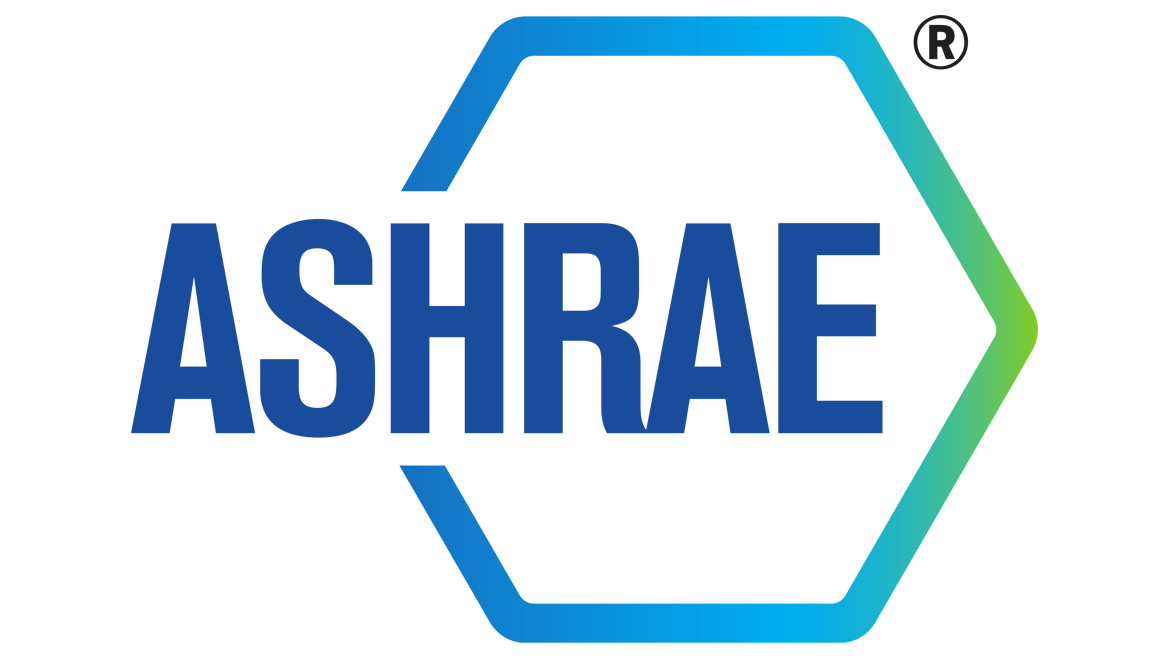Students from eight countries competed in the American Society of Heating, Refrigerating and Air-Conditioning Engineers’ 2016 Student Design Competition, which put their engineering skills to the test and required them to “think globally, act locally,” officials said.
The competition had students design and select systems for a two-story municipal government building in Beijing, China, and also — as part of an applied engineering challenge — required students to plan, develop and implement solutions to sustainability issues in their local or regional communities. Forty-eight teams entered the competition.
First place in the HVAC design calculations category was awarded to the University of British Columbia, with team members from the university’s department of mechanical engineering including Alexander Brosky, Samarth Joshi, Aubrey McNeill, Silvia Odaya, Cheng Yang and Ziran Yu.
The team’s design, which was based on lifecycle cost analysis, featured air cooled chillers with ice storage and natural gas boilers to serve three air-handling units that feed variable-air-volume terminal boxes. The team also used an independent computer room air conditioner that maintains server room environmental requirements, plus photovoltaic and solar thermal panels that were sized and selected for energy conservation measures.
First place in the system selection category was awarded to California State Polytechnic University, with team members including Miro Zaroukian, Asped Khachatoorian, Christian Garcia, Sevan Hovsepian and Tade Mirzakhanyan. The team chose a hybrid variable-refrigerant-flow with outdoor-heat recovery unit, plus a dedicated outdoor-air system for the main building and server room to meet cooling loads.
First place in the integrated sustainable design category was awarded to the University of Central Florida, with team members including Logan Harrell, Gerald Hornik, Austin Christianson, Travis Kalikapersaud and Jeremy Palavecino. The team was given a set of floor plans and requirements — such as compliance with the society’s high-performance building standard, a budget of $200 per square foot and a lifecycle of 50 years — and chose a water-source variable-refrigerant-flow system with an optimized geothermal water loop.
Students from the University of Regina in Saskatchewan, Canada, were this year’s applied engineering challenge award recipients. The students — Bradley E.R. Lulik, Eva Rennie and Brent Yeske — conducted an energy audit and mechanical systems redesign for Little Souls Daycare at Souls Harbour Rescue Mission.
The facility had no ventilation during the summer months, resulting in a stale and humid environment, but Souls Harbour wanted to improve the inefficiencies while keeping costs low. The students provided a list of recommendations to be implemented over 10 years, which included high-efficiency HVAC systems, skylights and insulation, and new windows.
The students’ projects were to be shared at ASHRAE’s 2017 winter conference, Jan. 28-Feb. 1 in Las Vegas.
For a full list of winners and project details, visit the “student zone” at www.ashrae.org.


Report Abusive Comment